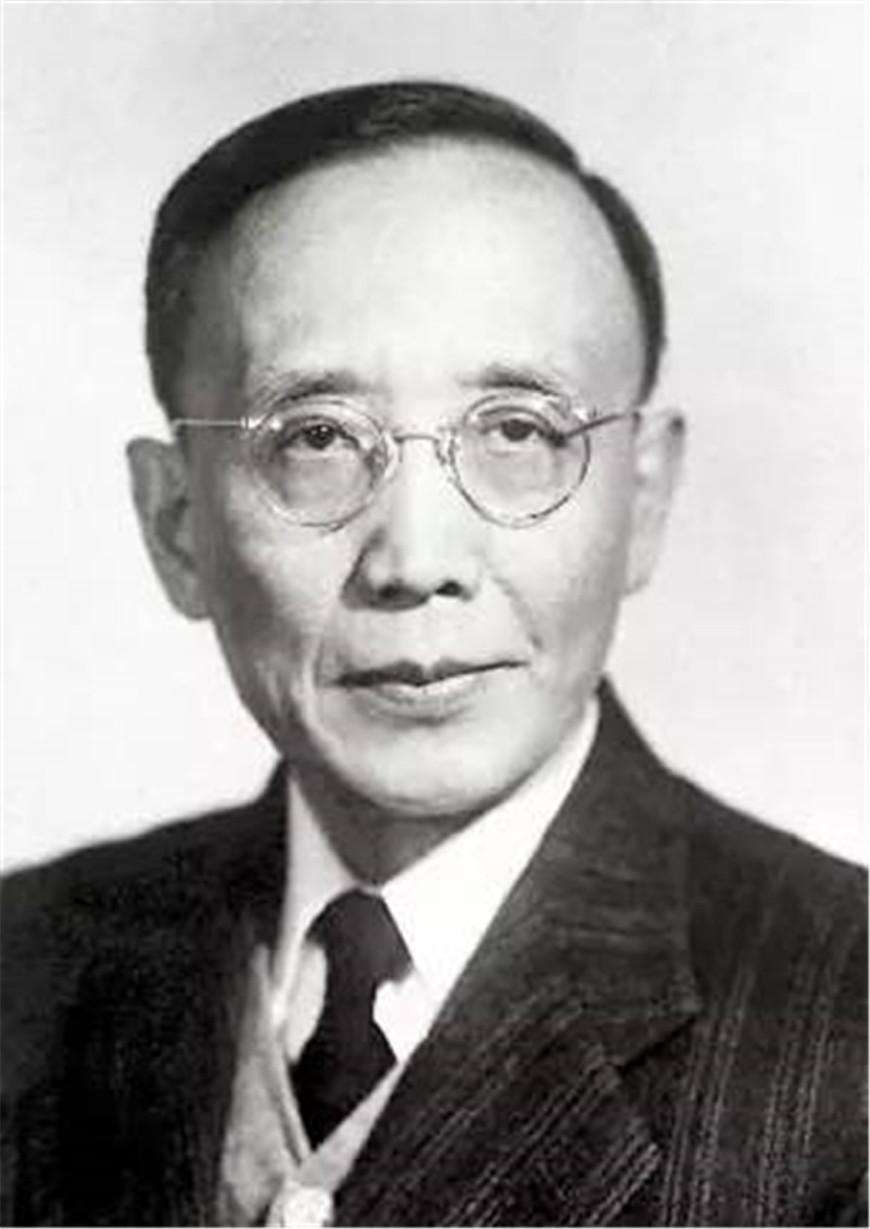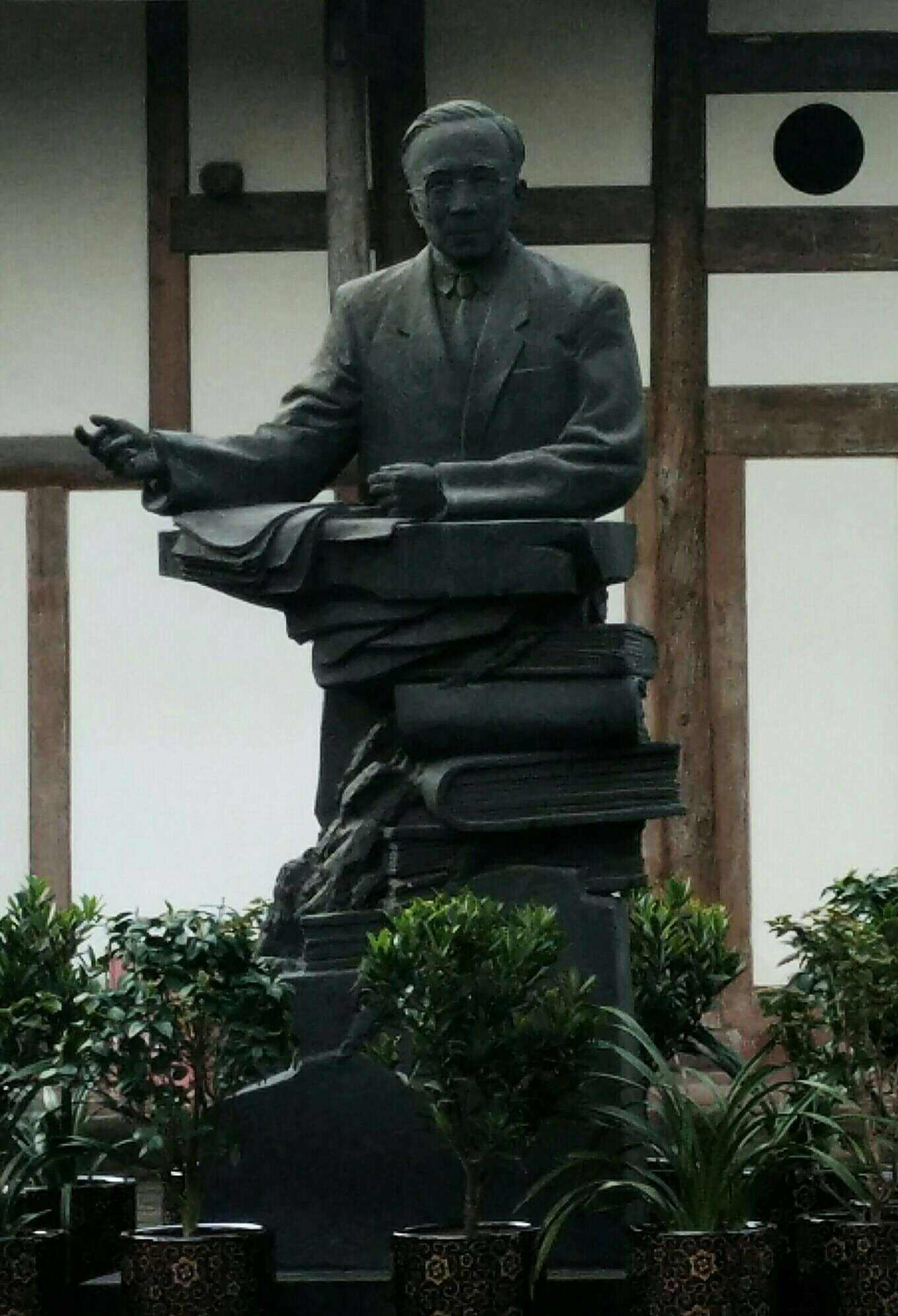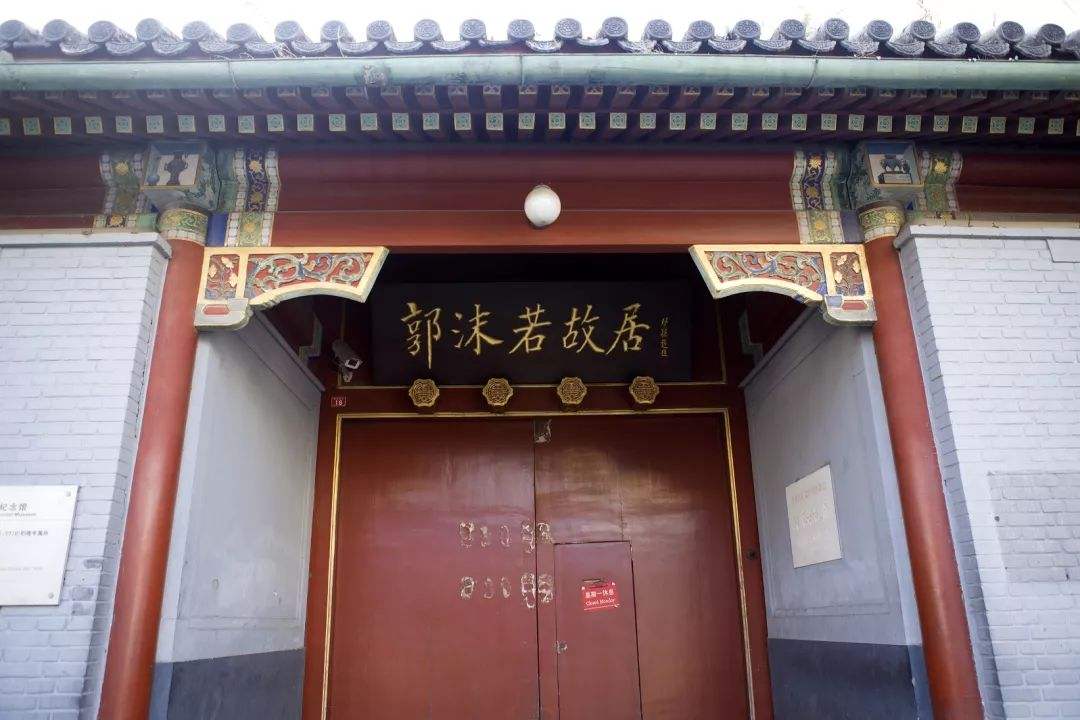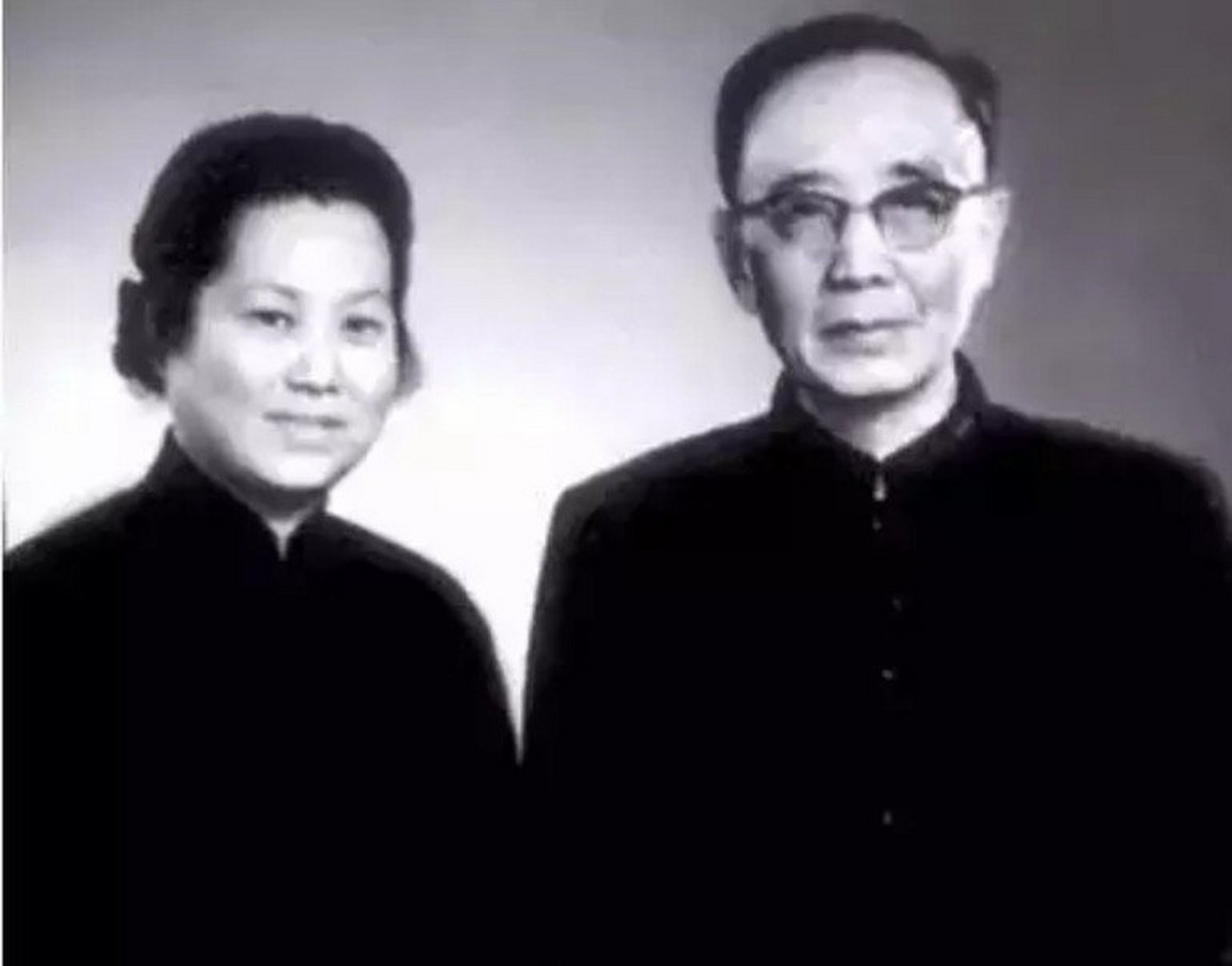A modern generalist as well as a literary and historical master
Overview
Chinese Name: 郭沫若
English Name: Guo Moruo
Other Names: Guo Kaizhen 郭开贞, Wenbao 文豹, Dingtang 鼎堂
Born: November 16, 1892
Died: June 12, 1978
Main Works:
Goddess: Songs and Poems 女神:戏剧诗歌集
Chu Yuan: Five Acts 屈原:五幕剧

Brief Biography of Guo Moruo
Guo Moruo (November 16, 1892 – June 12, 1978), his real name is Guo Kaizhen 郭开贞, courtesy name is Dingtang 鼎堂, art name is Shangwu 尚武, the nickname is Wen Bao 文豹. He is a modern Chinese writer, historian, and archaeologist.
On November 16, 1892, he was born in Shawan 沙湾, Leshan 乐山, Sichuan 四川. In January 1914, he went to Japan to study. In 1915, he entered the sixth Okayama University. In 1918, he was promoted to the medical department of Kyushu Imperial University. In 1919, the Patriotic Association Xia was organized.
In 1937, the war of resistance against Japanese aggression broke out. He returned to China to participate in the battle of resistance against Japanese aggression and hosted the national salvation daily 救亡日报 in Shanghai 上海. In April 1938, he served as the director of the third Department of the Political Department of the Military Commission of the federal government.

In October 1949, he served as vice premier of the Government Council and director of the culture and Education Committee; On October 19, he was appointed president of the Chinese Academy of Sciences.
In 1953, he was elected president of the second China Federation of literary and art circles. In 1958, he served as president of the University of science and technology of China 中国科学技术大学.In 1959, he was elected president of the third China Federation of literary and art circles.
In 1978, he was elected chairman of the fourth Federation of literary and art circles; On June 12, he died in Beijing 北京 due to ineffective medical treatment.
Personal Life and Major Contributions
Early experience
On November 16, 1892, he was born in Shawan Town 沙湾镇, Guane Township 观峨乡, Leshan County 乐山县, Jiading Prefecture 嘉定府, Sichuan Province 四川省. He family was a landlord and concurrently engaged in business.
In 1897, he studied in Suishan mountain hall 绥山山馆, a family school, and studied with Shen Huanzhang 沈焕章. While studying the book of songs 诗经, three hundred Tang poems 唐诗三百首, and other traditional classics, he came into contact with some new knowledge, which had an impact on the formation of his artistic concept, poetry creation, and cultural concept.
In the spring of 1906, he studied in Leshan County primary school 乐山县高等小学. He ranked first in the first semester and began to accept democratic ideas. In the autumn of 1909, he was expelled from the school because he participated in a class strike and asked the school and the local government to hand over the perpetrators of injuring students.

In the spring of 1910, he entered Chengdu 成都, the provincial capital, and set up a secondary school in the Sichuan government high school; In winter, he took part in the strike of the Chengdu academic circles demanding the early opening of the National Congress, and served as the class representative, but was punished.
In the spring of 1913, he was admitted to the science department of Sichuan government college 四川官立高等学堂 in Chengdu, but he did not attend school; In the summer, he was admitted to Tianjin military medical school 天津军医学校 and did not attend school; At the end of the year, I decided to study in Japan 日本.
In January 1914, he went to Japan to study under the support of his elder brother Guo Kaiwen 郭开文; In autumn, I was admitted to the preparatory course of Tokyo’s first higher school 东京第一高等学校.
In the autumn of 1915, he entered the sixth University of Okayama 冈山第六高等学校.
Literary and artistic creation
In August 1921, the poetry collection goddess 女神 was published.
In 1923, he completed the historical drama Zhuo Wenjun 卓文君 and the collection of poetry and opera prose star sky 星空. In 1924, the historical play Wang Zhaojun 王昭君 was completed. In 1927, he joined the Communist Party of China. In 1931, he completed the research on oracle bone inscriptions 甲骨文字研究 and the research on bronze inscriptions of the Yin and Zhou dynasties 殷周青铜器铭文研究.
In 1942, the historical dramas Qu Yuan 屈原, Hu Fu 虎符, Gao Jianli 高渐离, and peacock gall 孔雀胆 were completed. In 1943, the historical play Nanguancao 南冠草 was completed. In 1944, he wrote the three hundred years of Jiashen 甲申三百年祭.

In 1959, the historical play Cai Wenji 蔡文姬 was completed. In January 1960, the historical space Wu Zetian 武则天 was completed.
In 1969, he completed Li Bai and Du Fu 李白和杜甫. In 1973, the book “two and three things about unearthed cultural relics 出土文物二三事” was published.
Marriage
Guo Moruo’s father is Guo Chaopei 郭朝沛 and his mother is Du Aozhen 杜遨贞. On the 15th day of the first month of 1912, on the Shangyuan Festival 上元节, Guo Moruo was ordered by his parents to marry Zhang Qionghua 张琼华 (1890-1980), an old-fashioned woman who had never read a book.
Because Guo Moruo was dissatisfied with the feudal marriage system, he left home on the fifth day after marriage and went to Chengdu to study, but the two did not divorce. In 1939, Guo Moruo returned to his hometown and bowed to Zhang Qionghua to apologize.

In August 1916, he met and fell in love with Fujiko Sato 佐藤富子 (1893-1994), a nurse at Tokyo St. Luke’s Hospital 东京圣路迦医院, and named him Anna. Fujiko Sato broke off the relationship with her parents. From 1916 to 1937, he lived with Anna for 21 years and spent the most difficult period in Japan.
In July 1937, the Lugouqiao Incident 卢沟桥事变 broke out, he was forced to say goodbye to Anna. From 1937 to 1949, Anna raised her children alone in Japan under the double pressure of politics and life. In January 1938, he married Yu Liqun 于立群, a member of the salvation daily. 救亡日报